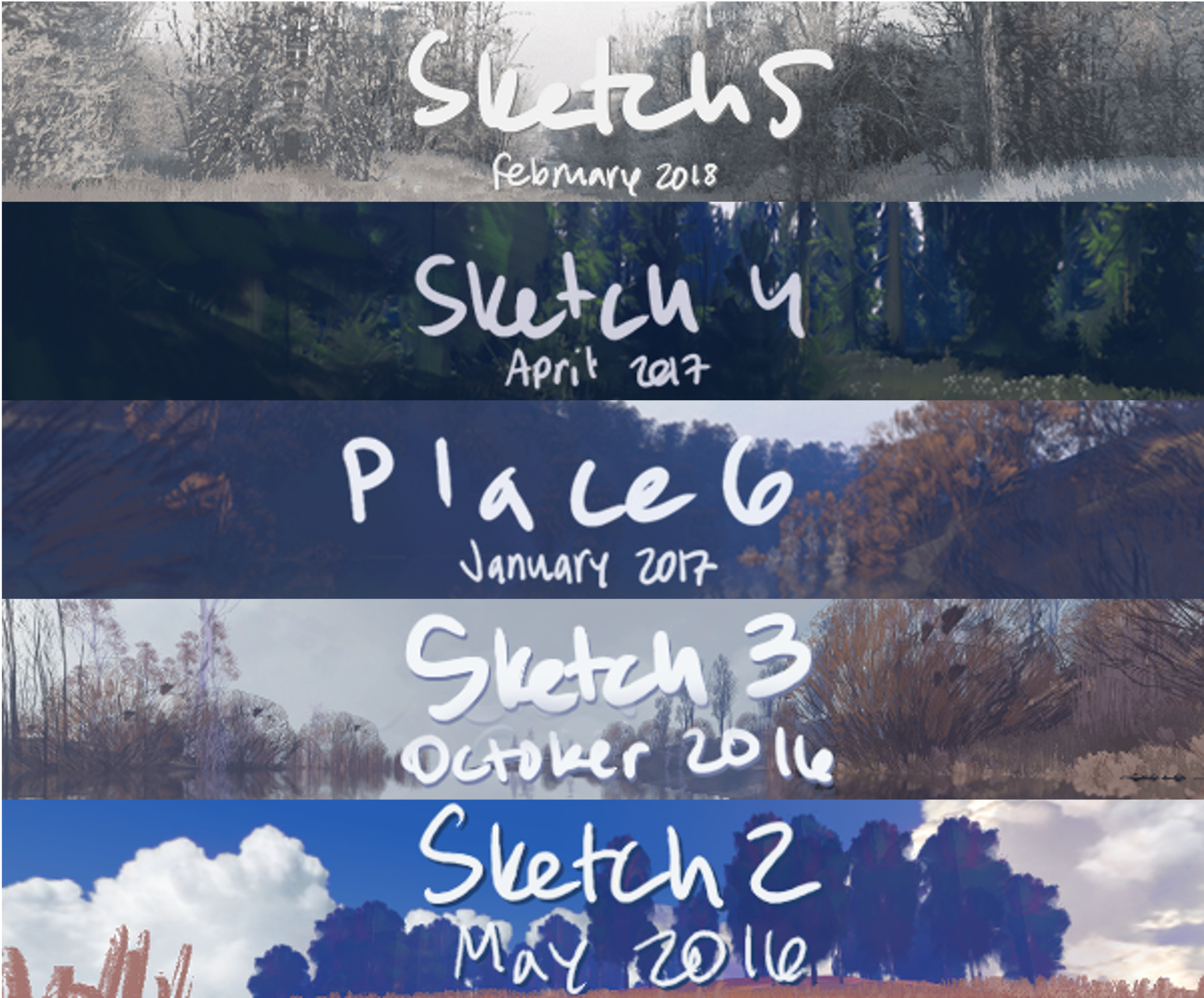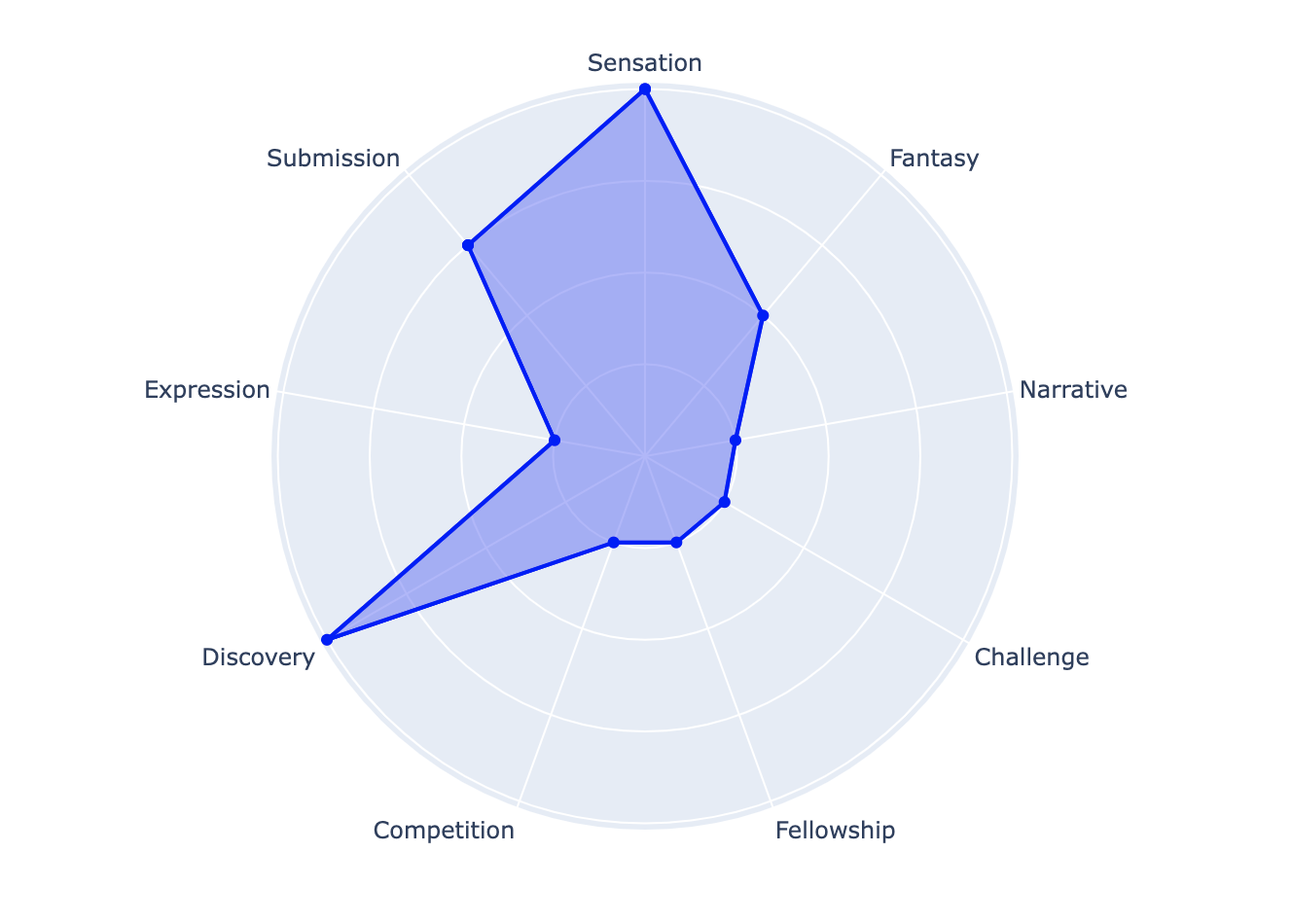Places is a walking simulator by ktch0 with a variety of 3D paintings that can be walked around on Linux, Windows, or in a browser. The simple mechanics open the experience to a wide target audience, but I think the slow, relaxed pace and the types of fun it delivers on make it best suited to relatively older audiences, particularly young adults and above.
The use of sounds led to a major win when I discovered the water sounds. They were quite relaxing, and I’d actually call moving around in those areas “swimming.”
Notable Elements
The paintings offer a variety of environments in various different styles, from photorealistic forests to colorful plains. The mechanics include navigation using the W / A / S / D keys, Shift to run, and Space to jump. Mouse movement enables up to 360° rotation of the camera view. Different surfaces trigger different sounds upon walking.

Places is highly experiential: players can walk around environments as far and for as long as they like. There does not seem to be any storyline inherent in the paintings; it feels more like a place just exists, and the player is dropped in to explore without any goals set by the game.


The use of sounds led to a major win when I discovered the water sounds. They were quite relaxing, and I’d actually call moving around in those areas “swimming.” This created immersion in the environment, and once I identified the pattern, I found myself searching for the water region in all subsequent paintings I tried.
One issue with the environments is that many elements are rendered as textured 2D planes, which means that from certain angles, the plane boundaries become visible. So, a bush stops looking like a bush and evidently feels like a misplaced plane, which breaks immersion.
Additionally, since the environments are finite (understandably so, since they are “paintings”) and somewhat small, one can quickly walk through the entirety of the map and reach the boundary, where the graphics break down again. I wonder if the paintings could programmatically be made infinite by repeating the same finite patterns over again.
Types of Fun
Places delivers on sensation and discovery, by creating visually- and auditorily-stimulating experiences in environments with the primary objective of exploring and observing the map. Additionally, the game allows turning off and simply relaxing as one walks around, which helps deliver on the submission or abnegation aesthetic. Finally, by creating a level of immersion, Places transports players to whatever environment was painted, somewhat delivering on the fantasy aesthetic.

I personally enjoy games with more challenge, so the lack of any objectives or competition, and the subsequent lack of challenge, meant that it took some time getting used to Places, but once I found some exciting elements, I enjoyed it.



